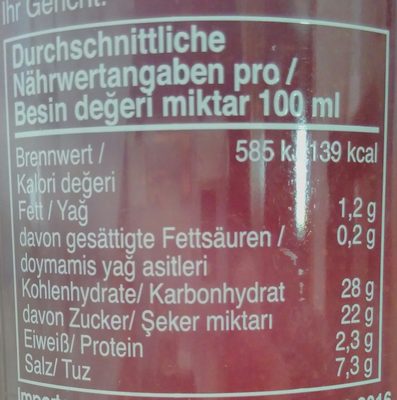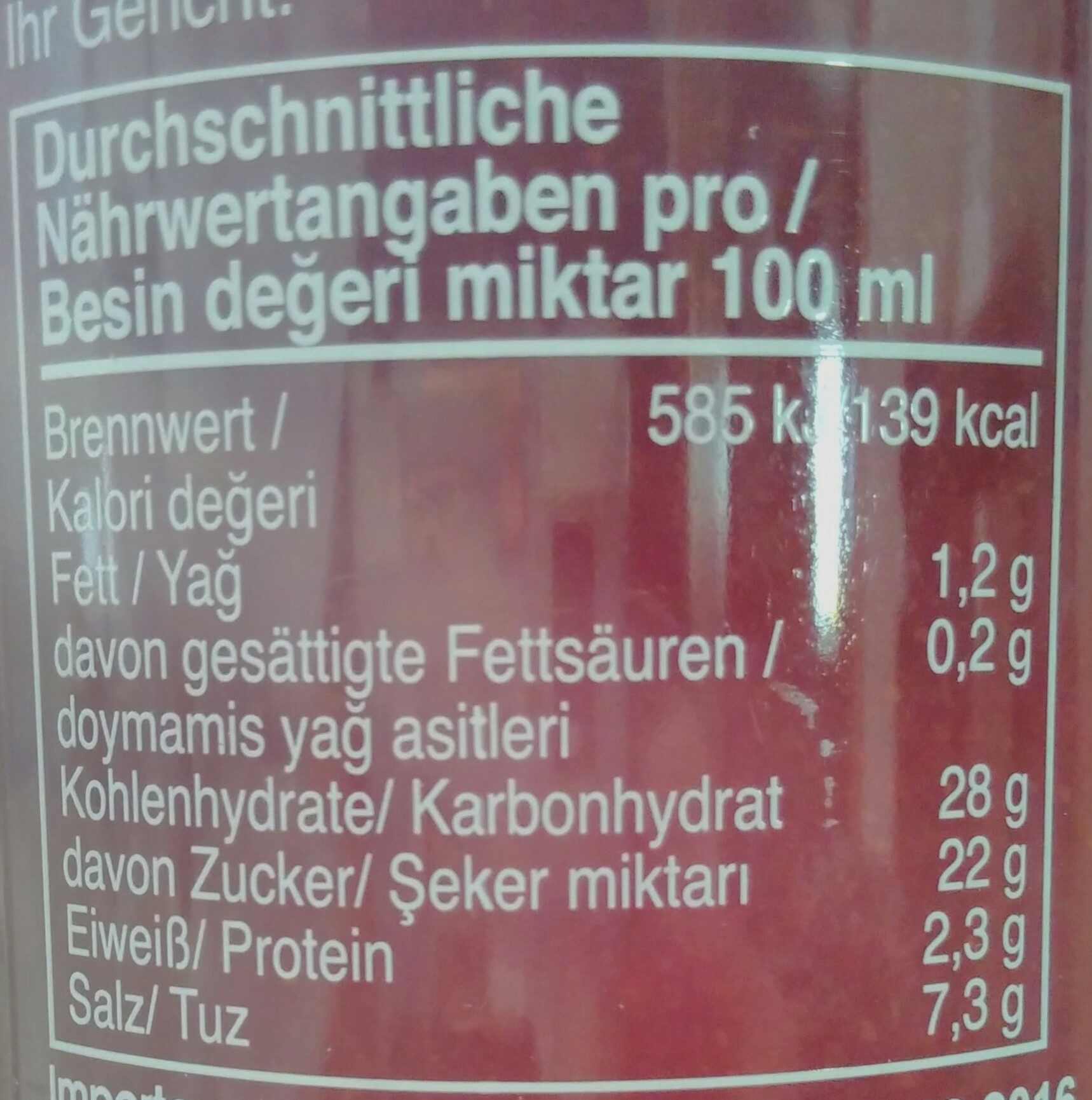Flying Goose Sriracha Sauce - Exotic Food - 455ml
This product page is not complete. You can help to complete it by editing it and adding more data from the photos we have, or by taking more photos using the app for Android or iPhone/iPad. Thank you!
×
Barcode: 8853662056012 (EAN / EAN-13)
Quantity: 455ml
Packaging: Plastic, de:Produkt, Pet-bottle, Pp-cap
Brands: Exotic Food, Flying Goose Brand, Flying Goose
Categories: Condiments, Sauces, Hot sauces, Groceries
Labels, certifications, awards: No gluten, Vegetarian, Vegan
Manufacturing or processing places: Thailand
Countries where sold: Austria, Belgium, France, Germany, New Zealand, Poland, Switzerland
Matching with your preferences
Environment
Packaging
Transportation
Report a problem
Data sources
Product added on by kiliweb
Last edit of product page on by lcmortensen.
Product page also edited by arc2, date-limite-app, ecoscore-impact-estimator, inf, mseifert, openfoodfacts-contributors, packbot, prepperapp, raphael0202, roboto-app, rochus, scanbot, smoothie-app, swipe-studio, yuka.SHBwUk01c3FyTXNwbnM4dzNTbmwzdnhjOXNXSWNVZStKc2dJSVE9PQ, yuka.U3ZvREc3a2cvUFpTcDhRbnhqZVAxdHhvN1o2VFJHYnZNdW9LSVE9PQ, yuka.VGFjT0xwdGErOWd6dGNZWHBCclE0KzE1M0wrcmQzMk1BUFlCSVE9PQ, yuka.WUtRR0FJRVp2K01Ea2NVRXJ5bmx4Znh2NHErUWQxN3FMUHM3SVE9PQ, yuka.sY2b0xO6T85zoF3NwEKvlkgeS8XxmRz-Ej_UtGChm_2NPrbFRcBCwprUb6s.










